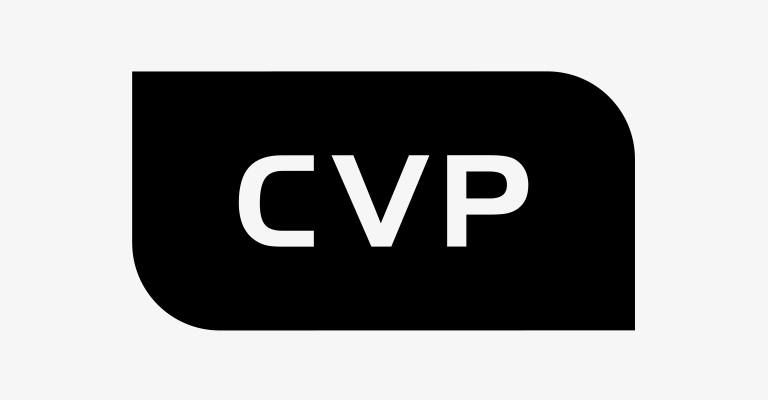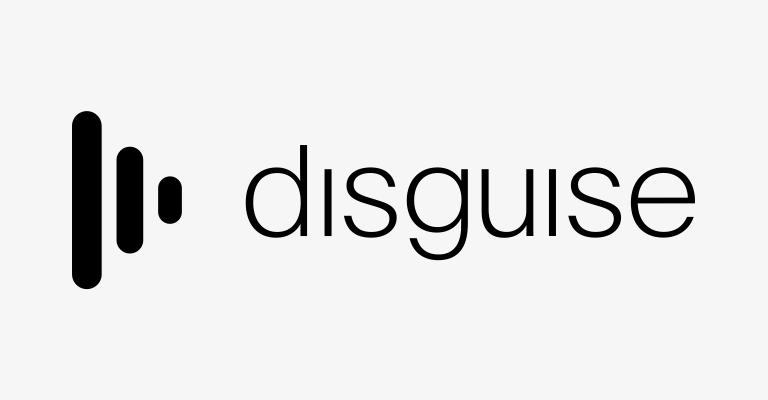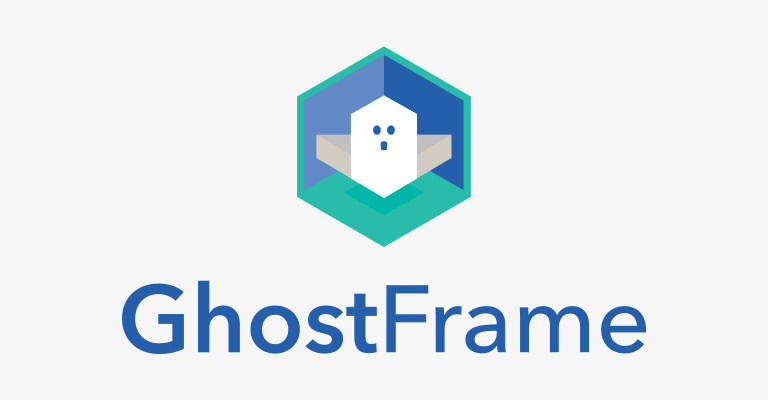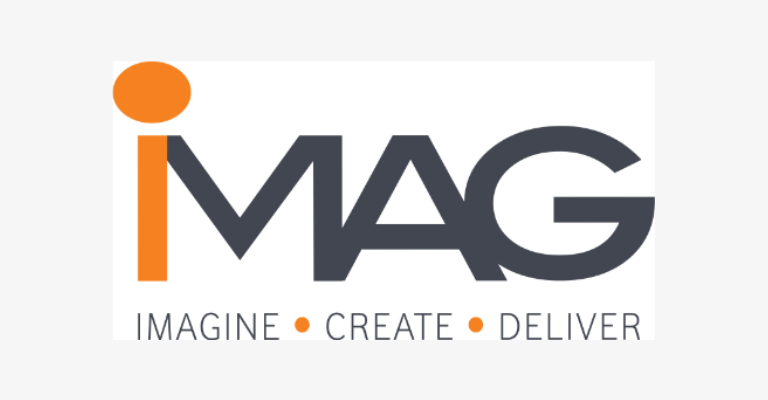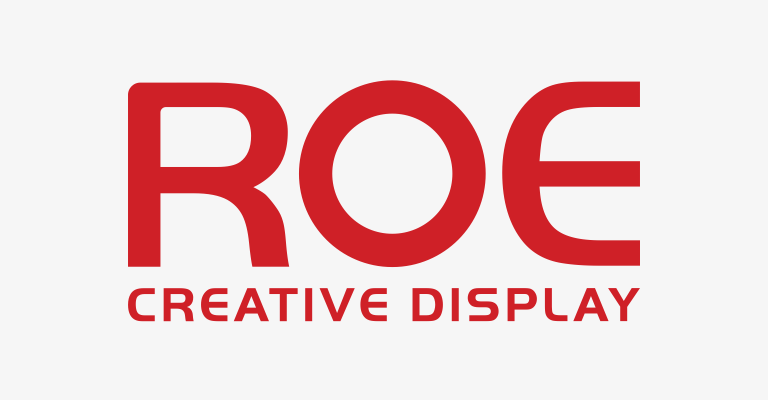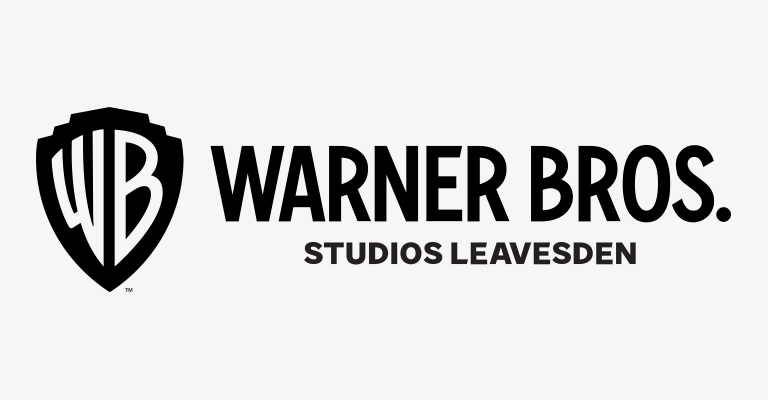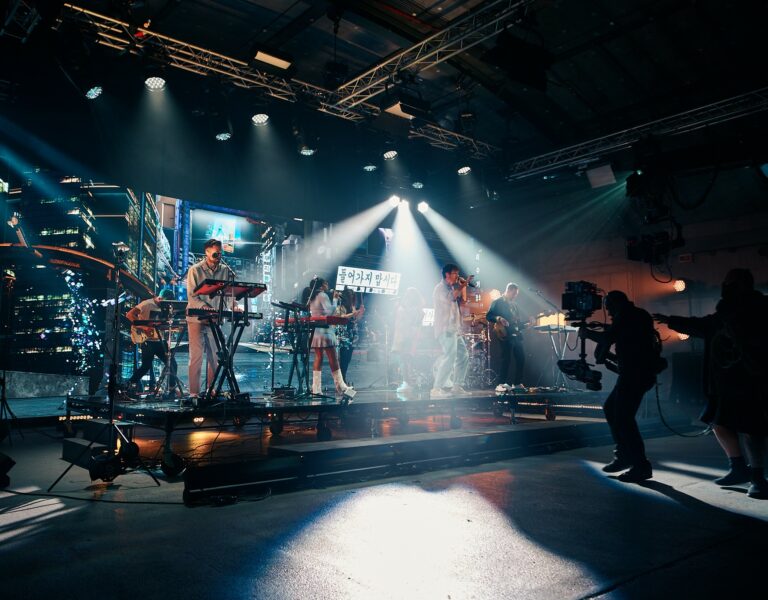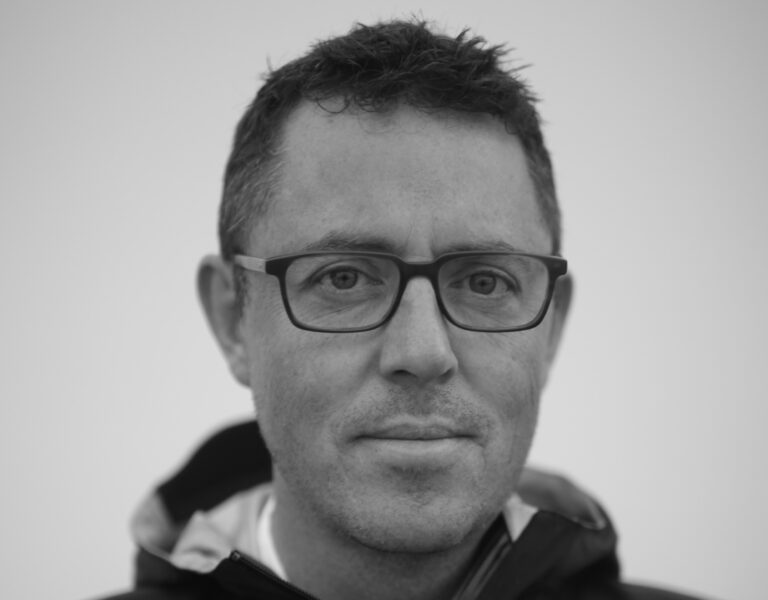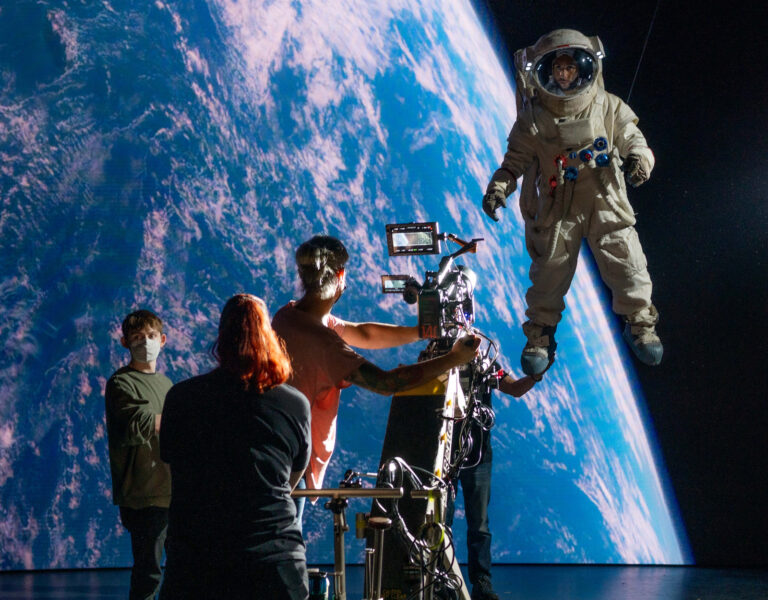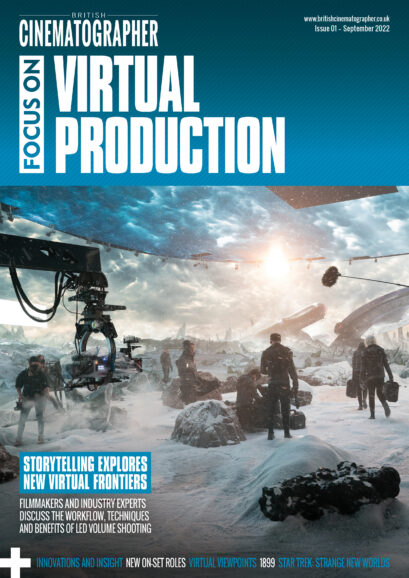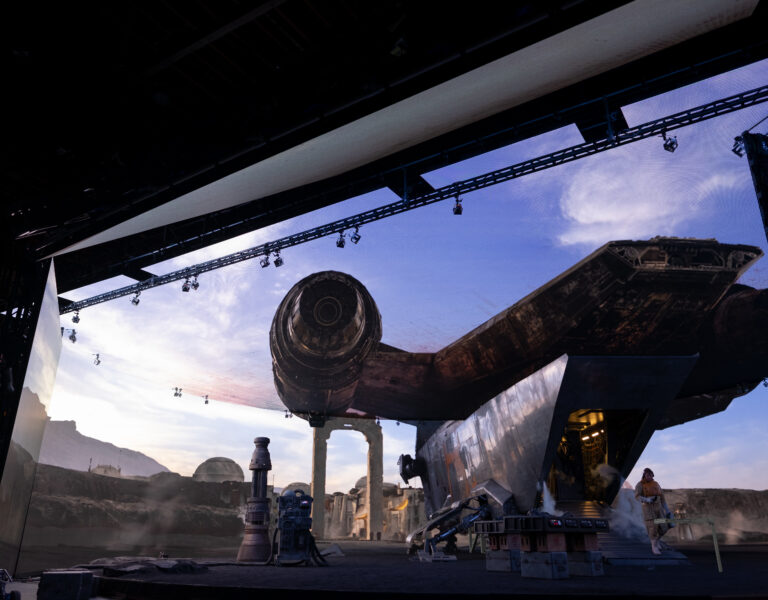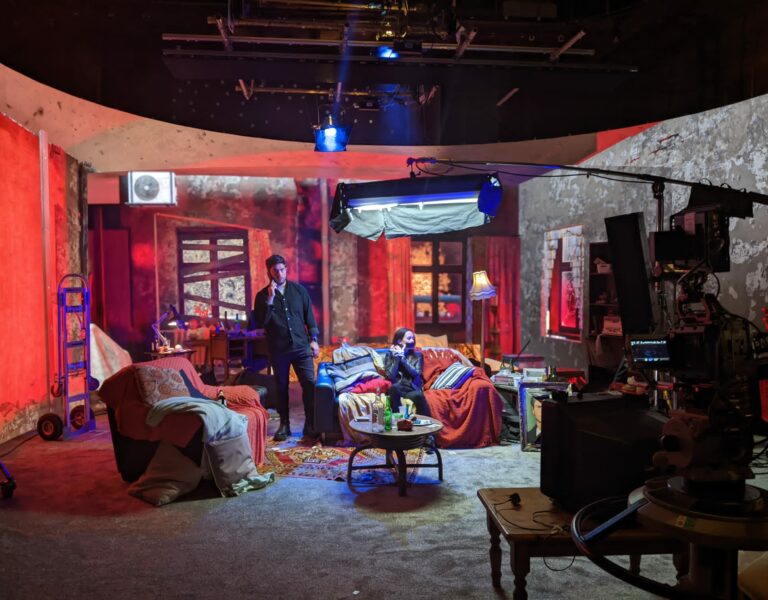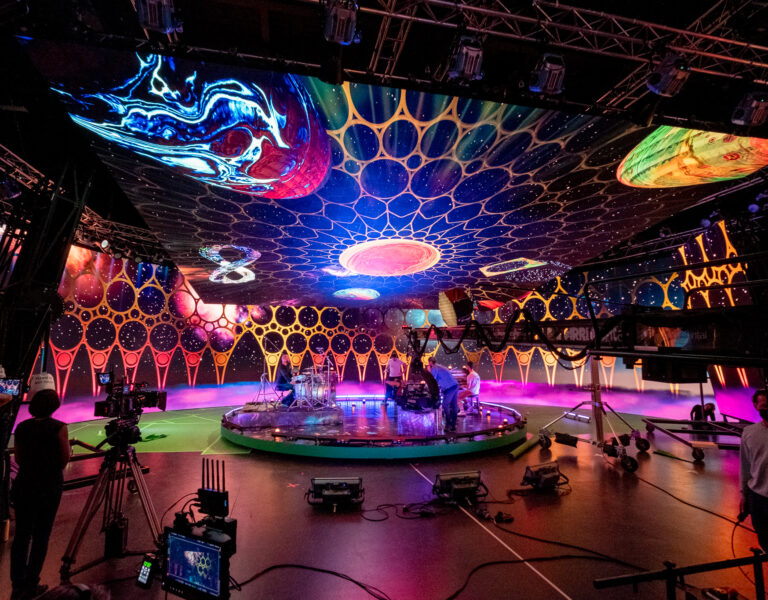Discover how iMAG Displays and Treehouse Digital bridged the divide between the events and the film and TV industries by harnessing the power of virtual production technologies.
The technology being used in different market sectors today now has more similarities than ever before. This is particularly true for LED lighting volumes, which are now being used for virtual production in both TV and film production, as well as the staging of live events. These sectors still have differing requirements and ways of working, so while the equipment is able to cross over between disparate application areas with relative ease, it is not as straightforward for those supplying or using it. But it is getting easier.
Among the companies that have made the switch from both sides of the live event and broadcast/film divide are iMAG Displays and Treehouse Digital. Founded by client/brand director Charli Harding and managing director Alex Strachan 10 years ago, iMAG Displays started out providing LED screens for the events market. The company’s first experience in the broadcast and film world was when it was asked to build a virtual news studio for the 2017 Jackie Chan and Pierce Brosnan action movie The Foreigner.
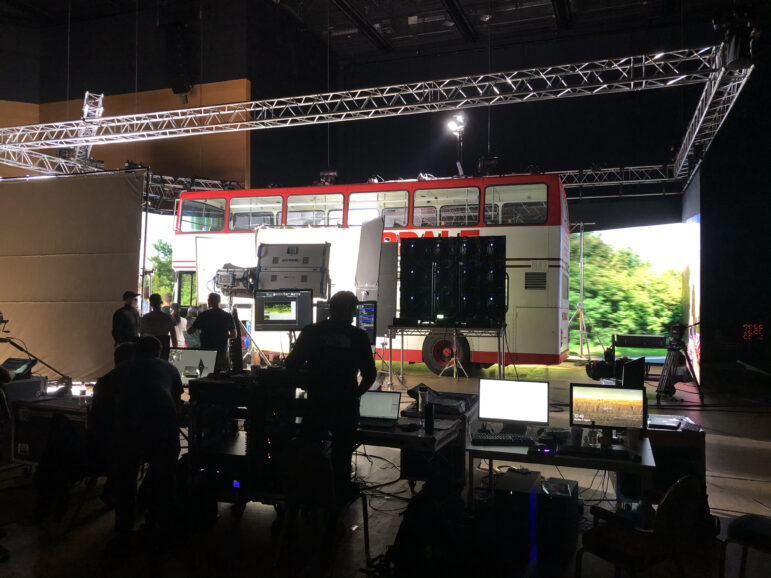
“That was our first foray into broadcast and the film world,” comments Charli Harding. “We created a virtual production environment using a hi-res indoor LED. Then we did a couple of advert shoots for some well-known perfume brands in quite a challenging rooftop setting. That’s when we started to realise how transferable our skills were.”
A further move into augmented reality (AR) and extended reality (XR) came three years ago and, says Harding, really began to take off after iMAG made its initial partnership with Treehouse Digital. “We then started to work with Sky, Warner Bros, Lionsgate, Netflix, and Amazon,” Harding explains, adding that it is her role to support the client, who could be a director of photography or a line producer, and advise on the benefits of LED shooting. “We discuss what would be the best way to go, whether LED, green screen, or XR, with a curved or flat screen.”
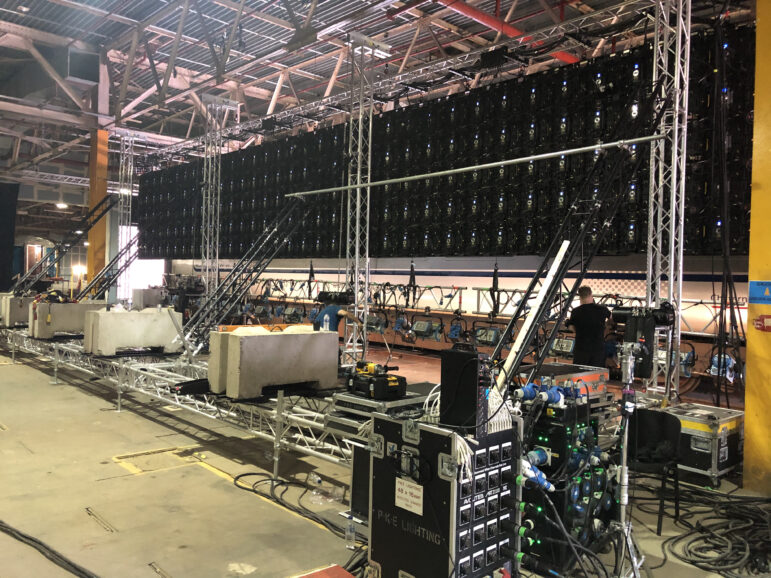
TRANSFERABLE TECHNOLOGY
Prior to the pandemic, Treehouse Digital had been looking to get into LED after observing that it was being more widely used in TV. Treehouse Digital describes itself as a Virtual Production & Real Time Animation company but, as head of production Chris Musselwhite comments, it tries to balance technology with what the show or film requires. “We have always had a real interest in new technologies,” he says, “but we always put story first! What we do is try to discover the best way in which to tell the story. Over the pandemic many people were diving into the world of LED virtual production, partly driven by necessity so we helped them to reach the best solution.”
As preparation for testing the technology itself, Treehouse Digital created a story-based sequence involving a motorcycle and other vehicles. Various LED manufacturers were approached before Treehouse eventually came into contact with iMAG. “They stepped up to the plate and helped us execute that test,” Musselwhite says. “We utilised an Unreal Engine environment for the travelling plates as part of a test sequence, which we were able to do in a very safe, controlled manner. We could control the weather, the environment and what the actors and crew were doing on the set. It was also a very green solution.”
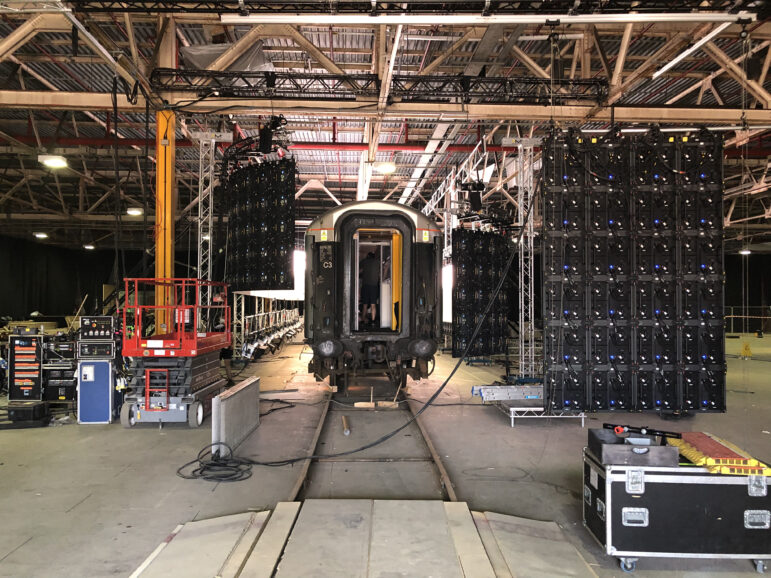
This proof of concept came just before the pandemic began, followed by the UK lockdowns. To ensure it could carry on working, Treehouse Digital entered into what Musselwhite describes as conversations with the major streamers, which were looking for LED virtual productions as a solution to the shoots that went ahead during pandemic. “We, with iMAG, then spent most of our time in masks and goggles in various studios around the country delivering LED virtual productions to the big studios and production companies,” Musselwhite says.
TEAM POWER
Rather than make a big investment in the technology to have its own portfolio of equipment, Treehouse Digital decided it would be a smarter move to team up with iMAG as it is the expert in the field. “We knew exactly what we needed to do with them and took the helm, as it were, from a filmmaking perspective with our on-set experience,” Musselwhite says. “We brought in iMAG as part of the team because they’ve been delivering LED stage builds around the world for 20 years.”
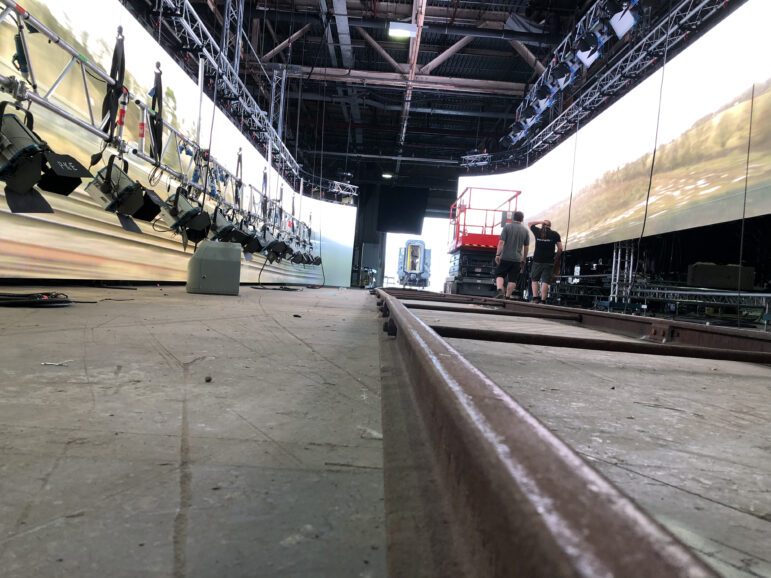
For its part, iMAG had already invested in a large stock of high resolution indoor LED and its supporting control gear. As the first lockdown continued, the company arranged to take over the Bournemouth International Centre, a major venue not far from its premises in Poole, Dorset. With the equipment available to it, iMAG built a full XR stage that was used for a number of broadcast productions. “Then the Treehouse guys got back in touch,” explains Harding. “They had a fantastic connection based within Netflix and we were able to take on our first opportunity, with them having the filmmaking experience and us having the in-depth video experience, plus the media servers and playback systems, which allowed us to provide this full solution.”
Harding adds that this arrangement has shown the respective strengths and expertise of the two partners, while at the same time enabling iMAG to work with other clients on projects that may or may not also involve Treehouse Digital. From the technology perspective, Alex Strachan says the period during COVID acted as a kind of catalyst that allowed iMAG to introduce more LED screens into the film and TV world as a green screen replacement. “For nearly 10 years we had been specialising in the temporary event world, everything from conferences to exhibitions and music festivals,” he comments. “We had done a little bit of work in TV before COVID but not really as backdrops. I think what COVID did was to give everyone a little bit of time to try new things.”
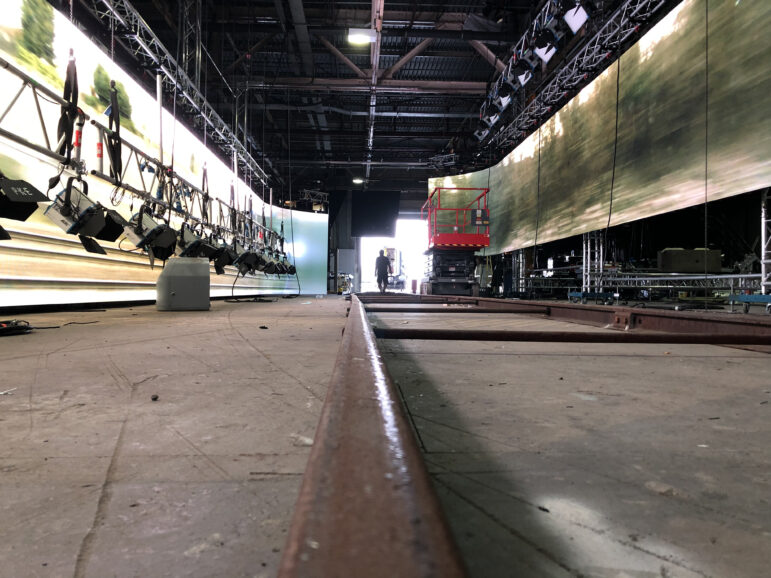
ONGOING INVESTMENT
In the years leading up to 2020, Strachan says, iMAG invested in technology from leaders in the virtual production sector, including ROE Visual for LEDs, disguise and its media servers, and Brompton supplying screen processing. “We became almost unofficial partners with them and during the six months we were in the Bournemouth International Centre, we carried out a lot of R&D involving their kit on our projects,” Strachan says. “Their support as manufacturers allowed us to get the best result, which we could then show to the people who needed to use this technology, including Netflix, the BBC, and Sky.”
While iMAG is able to set up LED volumes at its Poole premises, creating what is described as a wraparound ‘car wash’ to simulate travel in vehicles including cars, buses and trains, Strachan comments that the intention was never to be a studio facility. “Industrial Light and Magic has had an LED stage for a good few years and there are a lot of new ones popping up, but that’s really the opposite of what we’re trying to do,” he explains. “We don’t want to be just a studio with a screen in it. We want to go to the client with our screen and build exactly what they want based on the shots they need to achieve.”
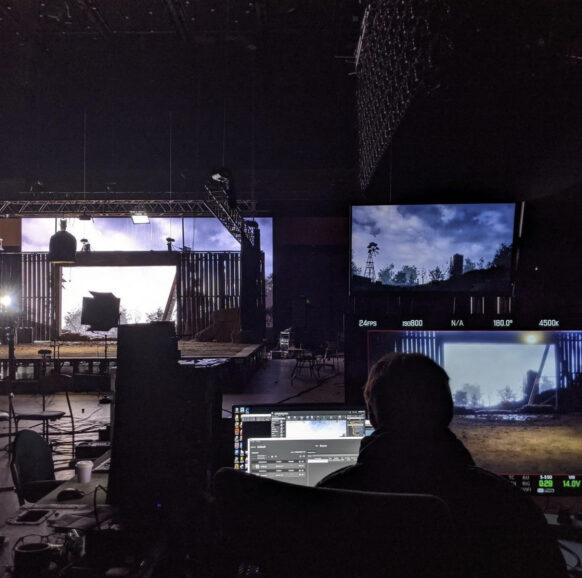
Recent productions include Chloe for Treehouse Digital, which involved a 300-degree cylinder wrapped around a car. “They were doing simulated travel and were pretty much looking out of every window,” Strachan says. “We’ve also gone to a job where they wanted to wrap a train carriage and then the following week we did the back of a lift shaft. Our work is totally bespoke because we can give people what they need for that project, rather than them just turning up at a studio, where there is a curved screen or a flat screen. We will build exactly what someone needs to get their shots. And we will go to them rather than them coming to us.”
–
This article is sponsored by iMag
Words by Kevin Hilton



